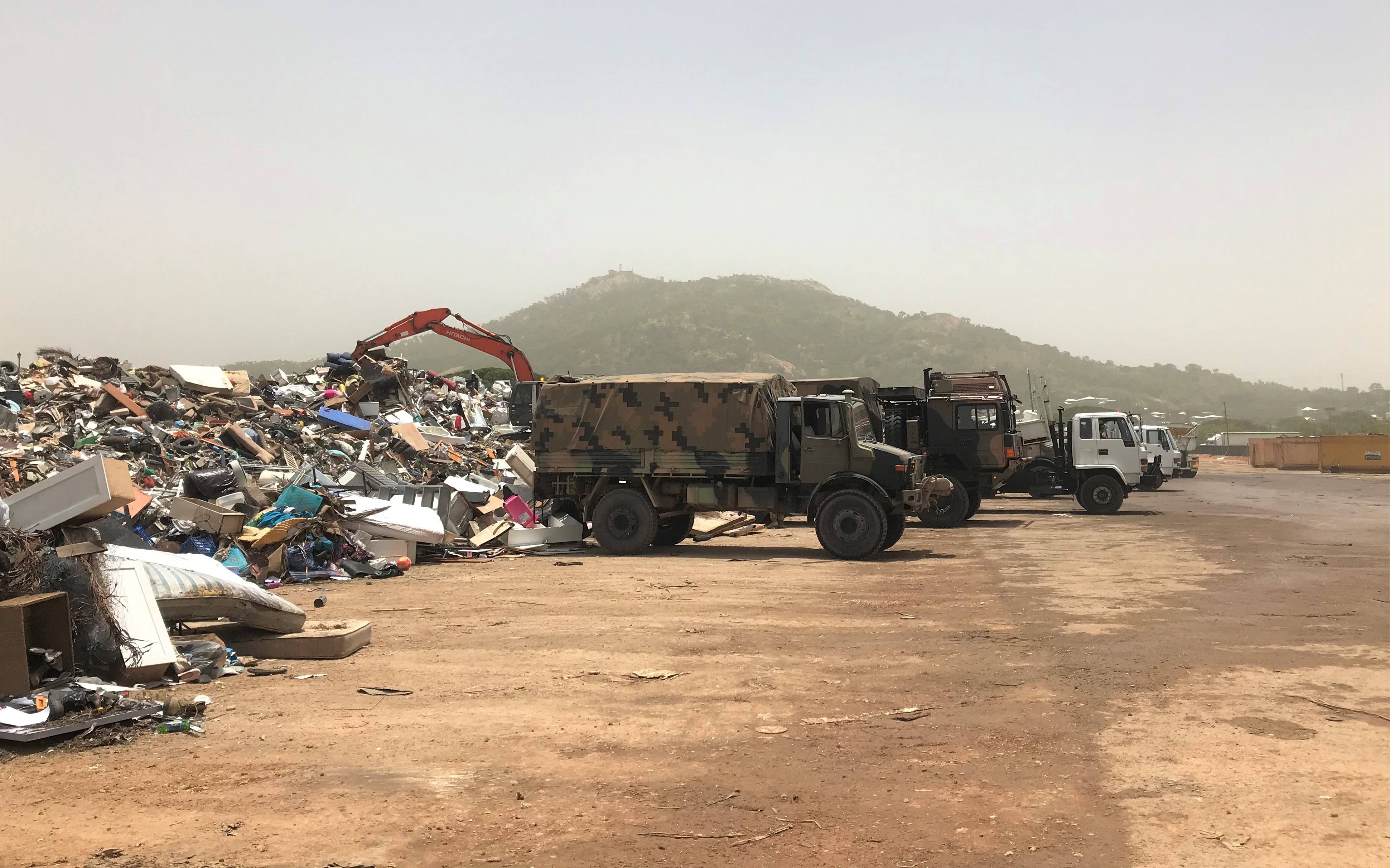The Environmental Impact of Construction Waste and How Proper Disposal Helps Protect Our Planet
The Environmental Impact of Construction Waste and How Proper Disposal Helps Protect Our Planet
Blog Article

Improper disposal of construction waste has become a serious environmental issue, with long-lasting effects that reach far beyond the building site. Construction waste often includes hazardous materials like asbestos, chemicals, and heavy metals that can harm both people and the natural environment.
When this waste isn’t managed properly, it can contaminate soil and water, damage ecosystems, and disrupt local wildlife. Fortunately, waste disposal services play a key role in managing these materials safely, following strict regulations and promoting sustainable practices that protect our environment.
Why Improper Waste Disposal is Dangerous
Soil and Water Contamination
One of the biggest risks of poorly managed construction waste is soil and water contamination. Many common construction materials, such as asbestos, lead-based paint, and certain adhesives, contain toxins that can seep into the ground.
When these contaminants enter soil and groundwater, they become a risk to both human health and the environment. For example, asbestos fibres, if disturbed, can be inhaled and cause severe lung diseases.
Chemicals from paints, solvents, or treated timber can leach into nearby waterways, impacting fish, plants, and potentially even the local water supply for human communities. The long-term effects of these toxins can be devastating, as they accumulate over time and spread, damaging ecosystems and posing ongoing health risks.
Harm to Ecosystems and Loss of Biodiversity
Construction waste that is improperly disposed of can disrupt entire ecosystems. Toxic substances in soil can change its composition, making it difficult for plants to grow and thrive.
When native plants struggle, it can impact the wildlife that relies on them for food and shelter. Over time, these changes can lead to a reduction in biodiversity, the loss of habitats, and even the extinction of certain species.
Protecting local ecosystems is essential, as a diverse environment is more resilient to climate change, disease, and other threats.
How Waste Disposal Services Help Protect the Environment
Waste disposal services play a crucial role in managing construction waste safely and sustainably. These services are trained in handling hazardous materials and are required to follow strict guidelines that ensure the environment is protected.
Compliance with Environmental Regulations
In Australia, waste disposal services must comply with a range of environmental laws and standards. These regulations require waste to be sorted, transported, and disposed of in a way that minimises environmental harm.
For example, asbestos must be removed by licensed professionals and taken to designated facilities that can safely manage it. Waste disposal companies work closely with regulatory bodies like the Environmental Protection Authority (EPA) to make sure they are meeting these standards.
By doing so, they protect both people and the environment from the dangers of hazardous waste.
Encouraging Recycling and Resource Recovery
Sustainability is a major focus for many waste disposal companies. Instead of sending all waste to landfills, they prioritise recycling and reusing materials where possible.
Materials like metal, concrete, and even certain types of plastics can often be recycled or repurposed, reducing the need for new resources and helping to conserve natural habitats. This approach not only decreases the amount of waste going to landfills but also promotes what’s known as a circular economy—where waste materials are treated as valuable resources and reintroduced into the production cycle.
By recycling and repurposing materials, waste disposal services help reduce the impact of construction waste on the environment while conserving valuable resources.
Supporting a Healthier Planet with Resource Recovery
A big part of sustainable waste management is resource recovery, which focuses on seeing waste as an asset rather than a liability. Instead of treating all construction debris as rubbish, waste disposal services look for ways to reclaim materials and put them to good use.
For example, timber can often be repurposed in landscaping projects, while bricks and tiles might be recycled for use in new construction. This approach reduces the demand for new raw materials, saves energy, and minimises the environmental impact of mining and manufacturing processes.
By supporting resource recovery, waste disposal companies contribute to a healthier planet and a more sustainable future.
Proper waste management is essential to protecting our environment from the harmful effects of construction waste. Waste disposal services in Australia, like scrap metal Bayswater with Dream Lucky Scrap Metal, ensure hazardous materials are managed responsibly, adhering to government regulations.
By focusing on recycling, resource recovery, and safe disposal, they help minimise environmental harm and support a sustainable, circular economy. By supporting waste disposal services that prioritise sustainability, we can all help reduce pollution, protect ecosystems, and ensure a cleaner, healthier environment for future generations. Report this page